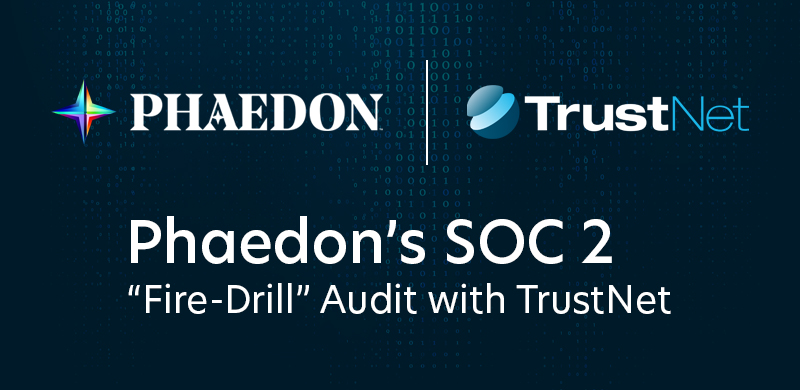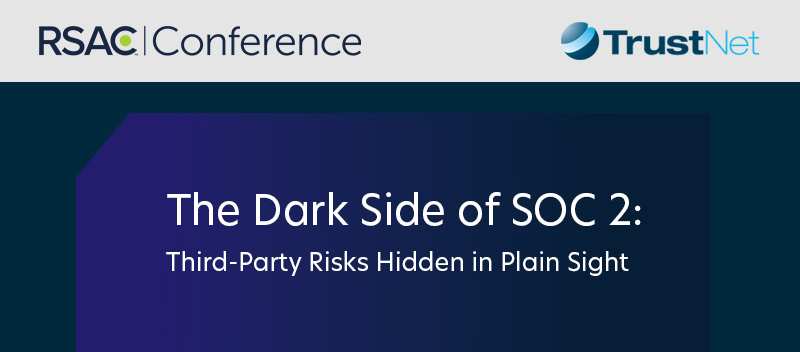Building Resilience Against Cyberattacks with Expert Penetration Testing Insights

Interviewer: Numerous businesses are struggling to keep up with the increasing sophistication of cyberattacks. An expert in cybersecurity joins me to help make sense of this growing problem and explain how penetration testing may help companies safeguard their assets. I appreciate you taking the time to talk today!
Expert: Thank you for having me. Cybersecurity is such an important discussion these days, and I’m always happy to share insights that can help businesses stay ahead of threats.
—
Interviewer: To kick things off, what kinds of cyber threats are organizations dealing with most frequently right now?
Expert: That’s a great place to start because understanding the threats is the first step to defending against them. One of the biggest issues right now is ransomware. Ransomware can lock down your data and systems and hold your company for ransom until you pay. Money and reputation can be lost.
Then there’s phishing. It’s not a new threat, but attackers are refining their tactics. These emails are no longer filled with grammatical errors — they’re incredibly convincing. What’s worse is that it only takes one person to fall for it to create a huge problem for a company.
We’re also seeing supply chain attacks. Attackers target third-party vendors or service providers to get to their target. Sneaky and effective. And, of course, zero-day vulnerabilities. Newly discovered flaws in software that attackers exploit before a patch is released. It’s a constant game of cat and mouse.
—
Interviewer: The risks may seem overwhelming. So, in what specific ways does penetration testing assist businesses in overcoming these obstacles?
Expert: Penetration testing — or, as many call it, pen testing — is one of the best proactive measures an organization can take. It’s about mimicking the types of attacks that cybercriminals would use. These test your systems, networks, or applications.
Penetration testing covers areas like external systems (think web-facing applications or servers) and looks for entry points that attackers might target. It is also good for testing internal vulnerabilities, simulating what would happen if an attacker got into your network.
Cloud security is also a big deal for many organizations as they move to hybrid or full cloud infrastructures. Pen testing in this context identifies risks from misconfigured settings or exposed user permissions. Web application testing is important for applications that handle sensitive data, like login portals, eCommerce platforms, or HR systems. At the infrastructure level, penetration testing tests the network layers to make sure the foundational defense is holding up.
—
Interviewer: It sounds incredibly impactful. But beyond pinpointing vulnerabilities, why is it so important for organizations to make penetration testing a regular practice?
Expert: Regular penetration testing has a few key benefits that go beyond the initial discovery process. For one, it ensures that your security systems stay effective over time. Threats evolve quickly, and what works today might not be enough tomorrow.
Another big plus is discovering risks to your critical data. Many organizations assume their sensitive data is well protected, but without testing, you can’t be sure. Pen testing exposes the weaknesses that could be putting your most valuable assets at risk.
It also shows how an attacker could get into your systems, old software, and weak passwords. More importantly, it shows you the whole security plan.
For organizations with compliance requirements, pen testing is non-negotiable. These tests show that you are actively trying to find and reduce threats, which is required in industries like healthcare and finance, where you need to show continuous security efforts. Beyond compliance, however, regular testing gives you credibility with stakeholders, customers, and key partners.
—
Interviewer: You’ve made a great case for penetration testing. But these tests often generate so much data. How can organizations manage and prioritize the results effectively?
Expert: That’s a fantastic question, and it’s something that many businesses struggle with initially. The key is to prioritize findings based on potential risk and impact.
Start by focusing on critical vulnerabilities. These are the issues that could cause the most significant damage if exploited — like those that give easy access to sensitive customer data or critical systems. These must be addressed immediately.
Lower-risk issues, while still important, can often be scheduled for future patches or updates during normal maintenance windows. Context is everything when it comes to prioritizing. For instance, a vulnerability in a rarely accessed server doesn’t need the same urgency as one affecting a customer-facing portal.
It’s also helpful to align your remediation efforts with your business goals. For example, securing a system tied to revenue-generating operations will naturally take precedence over less consequential processes.
Finally, don’t treat penetration testing as a one-and-done activity. Reassess after remediating to ensure fixes are effective and get into the habit of retesting routinely. Cybersecurity isn’t static; it’s a constant cycle of discovery and defense.
—
Interviewer: Could you elaborate on how TrustNet directly aids businesses in establishing more robust security postures?
Expert: Absolutely. At TrustNet, we focus on providing a tailored approach to meet the unique needs of each client. Our services include External Penetration Testing, Internal Penetration Testing, Cloud Penetration Testing, Web Application Assessments, and Network Layer Testing. These cover a wide range of attack surfaces, so no potential weak spot is overlooked.
When clients work with us, they can expect more than just a list of vulnerabilities. We test their defenses by simulating the attack paths an attacker would take. We find out if critical data is really at risk and what threats are lurking in the environment.
We give them actionable recommendations and guidance on what to remediate first so they can use their resources wisely to tackle the biggest issues first.
By working with TrustNet, organizations have a partner for the long haul. We know that successful cybersecurity is more than a quick fix – it’s ongoing and adaptive.
—
Interviewer: Do you have any final suggestions for companies wishing to strengthen their cybersecurity efforts before we finish up?
Expert: If there’s one thing I want to emphasize, it’s this — cybersecurity is a continuous process. Don’t wait for a problem to arise before addressing vulnerabilities. Regular penetration testing is one of the best ways to stay proactive and resilient.
And don’t forget that people are as important as technology in this equation. Security awareness training for employees can significantly reduce risks like phishing attacks. When everyone in the organization is engaged, the overall security posture improves dramatically.
—
Interviewer: Thank you again for your practical and insightful advice. It’s been a pleasure speaking with you.
Expert: Thank you. It’s been great to share these insights.
Secure your business with TrustNet’s top-tier compliance services. Talk to an expert today.
Subscribe to the TrustNet Newsletter
actionable cybersecurity strategies, and TrustNet’s cutting-edge solutions.




